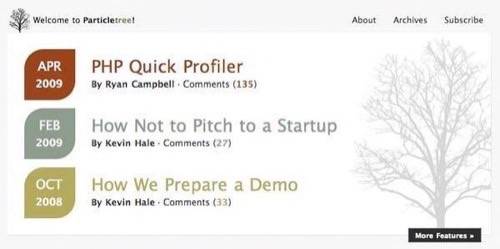So you’ve got a fabulous idea for a startup? That’s great, but before you get wide-eyed and start thinking about wireframes, venture capital and moving to San Francisco, get your feet wet first by beginning to build your community.

Having a strong and loyal community behind you is an important step in the startup process. After all, it will be much easier to convince a potential investor of the viability of your product if there is a thriving community eager to get their hands on it.
Kevin Hale, co-founder of Wufoo, an online form builder, knows this better than anyone.
Before they even knew what business they wanted to enter, Hale and his fellow co-founders, Chris Campbell and Ryan Campbell, began building a community by starting a Web development blog. The inspiration came from hearing Jason Fried speak at SXSW, Hale said yesterday in a video interview with Mixergy‘s Andrew Warner.
“We were like, ‘Let’s do what they do. We’ll start building an audience, and from that audience something will be born.’ So we started a blog called Particletree,” Hale says. Quickly, the blog garnered a captive audience of over 20,000 RSS subscribers and over 100,000 monthly visitors – all eagerly anticipating the eventual launch of Wufoo in the summer of 2006.

The audience built from the Particletree blog aided the trio in attaining their first round of funding from startup incubator Y Combinator by showing the investors that a thriving community already existed for their product. The audience also helped reduce blowback when Wufoo’s servers crashed the day of its launch by reassuring new users that this was not a common problem.
“Thankfully, our users who had known us immediately said, ‘We know these guy from Particletree. They know what they’re doing. They’re going to overcome this.’ And it immediately turned the tide for us,” Hale says. “That’s not something we did. That was our own audience.”
More than two years later, Wufoo has evolved into a prosperous business based on the freemium model. As the community continues to grow, the company realizes that keeping the users happy is a continuing step in community development. It has a seven-person support team on call from 9 a.m. to midnight, seven days a week.
Disclosure: Kevin Hale redesigned ReadWriteWeb’s homepage in the summer of 2006.










